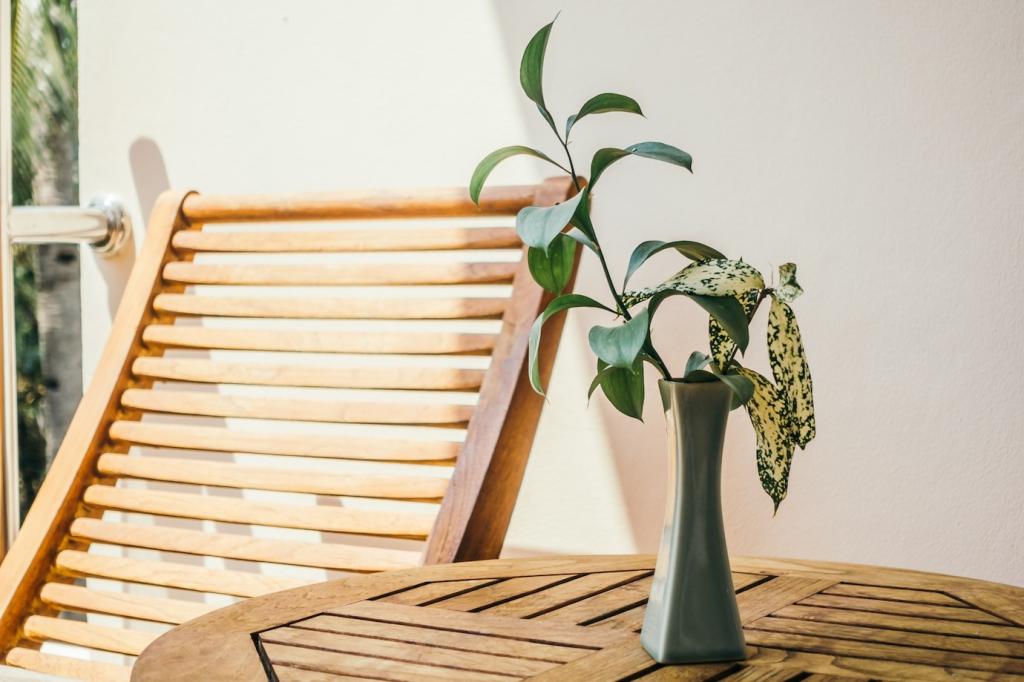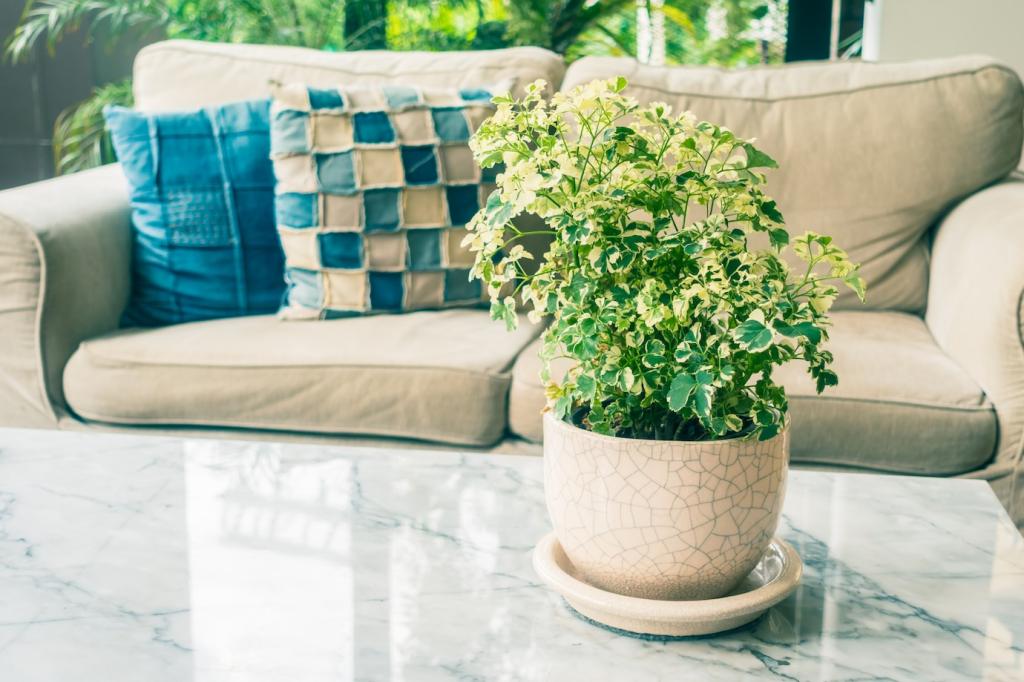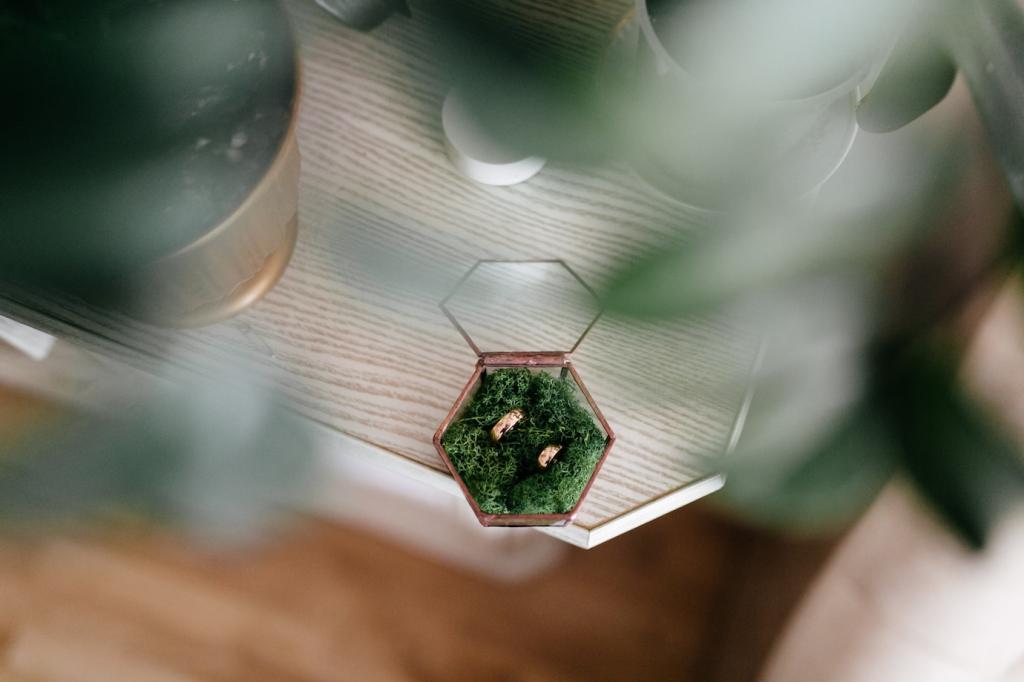This website uses cookies so that we can provide you with the best user experience possible. Cookie information is stored in your browser and performs functions such as recognising you when you return to our website and helping our team to understand which sections of the website you find most interesting and useful.
Influential Designers in Eco-Conscious Interiors
Eco-conscious interior design has become a driving force in the world of architecture and decoration, promoting sustainability, resource efficiency, and a harmonious relationship with nature. As demand for environmentally responsible spaces grows, visionary designers have pioneered approaches that blend aesthetics with ethics. These personalities and studios reshape the way we envision our homes, offices, and public spaces, incorporating recycled materials, natural lighting, and biophilic principles. Their influence extends beyond creative expression to establish new industry standards and inspire global audiences. This page explores four key segments of the eco-conscious design movement, spotlighting the contributions of innovative figures who have driven transformative change in interior spaces.


William McDonough: Cradle-to-Cradle Innovator
Patricia Urquiola: Creative Sustainability
David Trubridge: Nature-Inspired Minimalism
Champions of Recycled and Upcycled Materials


